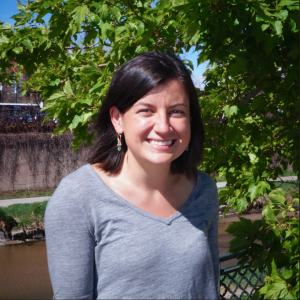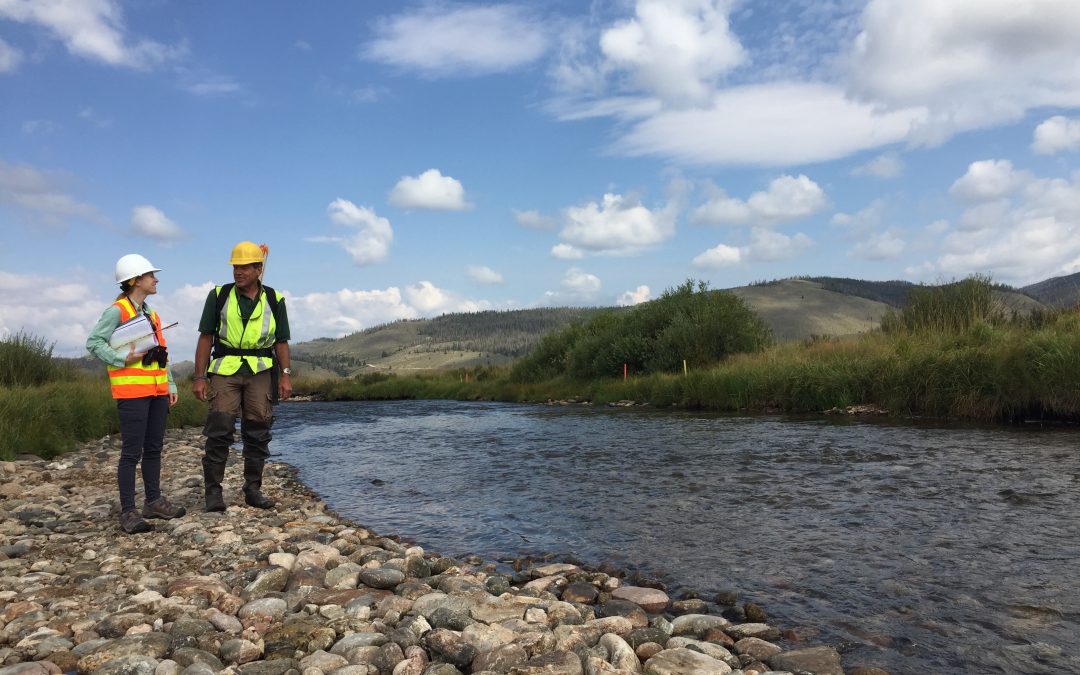Have you ever taken a bigger bite of food than your mouth can really handle and struggled to keep it contained while you carefully chew and swallow the mass down bit by bit? That was essentially my feeling as I embarked on writing my capstone paper for my master’s program at the University of Denver. I attended the scoping meeting for the summer issue of Headwaters magazine earlier this year and decided I would choose a topic related to permitting water projects. Of course, exploring water project permitting as a topic is more like trying to eat an entire burrito at once rather than just taking a big bite, so I knew I needed to narrow my scope. The scoping meeting included discussion of 1041 permits and other processes relating to localized input. This discussion especially piqued my interest, and so I narrowed my focus to the role of state and local governments in permitting water projects with an emphasis on Colorado. It was still a mouthful, but I was hoping with time and persistent chewing I could get it down.
While, of course, I was not able to fully digest every aspect of the topic in the course of a single semester, the insights shared at the scoping meeting and my following research and interviews significantly expanded my original understanding. The experience also confirmed what I already suspected—the process of reviewing, and in many instances ultimately approving, a water project, especially a large one, is complicated and long and each project will have unique aspects. As I continue to be a student of water inside and outside the classroom, I understand and respect the fact that I alone will never be an all-knowing water guru that can single-handedly execute the best version of a water project possible or even conceive of the best solution to a water dilemma. While this is not a surprising conclusion because I like to think my ego does not have quite that voracious of an appetite, it has also shed light on a primary takeaway: one of the most important aspects of the permitting process is thorough, sincere, and diverse input.
It is easy to feel that process is cumbersome, especially when it lasts for decades, as is the case with securing final approval for a large-scale water project, and there is merit in striving for efficiency, but it also is important to make these projects the best they can be. I learned of instances in Colorado where local and state action and input have resulted in heightened mitigation measures or another solution for the demand all-together. Considering the wide-reaching and long-lasting impacts of a large water project, these are important gains that are worth achieving.
As I said in my paper, which is pending publication in the upcoming DU Water Law Review, “approaching the process with an identified water supply need, rather than a solution, and going through a sincere input-gathering process, a project proponent is likely to have a more efficient NEPA experience and state and local governments have the benefit of helping shape a project on the front end, instead of being purely reactive.” I posit this applies to more than just NEPA, and local and state governments provide important opportunities and conduits for the nuances of each dilemma to be explored. I still have a lot chew on, but I tasted that flavor for sure.
 Kristin recently graduated from the University of Denver with a master’s in environmental and natural resources law and policy and received the outstanding graduate award for her program. Her professional experience largely lies in the environmental non-profit sector, and she spent a few years as a river guide after college. Originally from Oklahoma, Kristin moved to Colorado in 2007 to attend CU Boulder for undergraduate school.
Kristin recently graduated from the University of Denver with a master’s in environmental and natural resources law and policy and received the outstanding graduate award for her program. Her professional experience largely lies in the environmental non-profit sector, and she spent a few years as a river guide after college. Originally from Oklahoma, Kristin moved to Colorado in 2007 to attend CU Boulder for undergraduate school.


 Print
Print